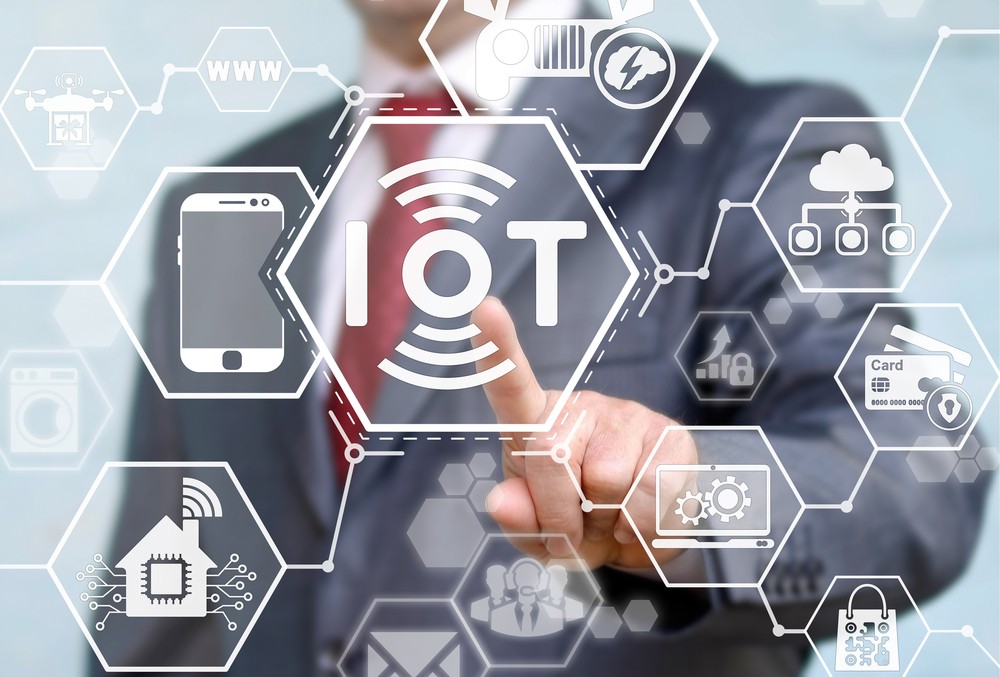It’s no longer a matter of if, but when we’ll come to realise a fully connected future via the Internet of Things (IoT) for business operations. IoT will improve processes, drive economic growth and foster innovation. To achieve this, businesses will need to supplement traditional processes with new technologies to create efficiencies. However, the physical aspects of an IoT transition are only part of the necessary ingredients needed for success in today’s fast paced, competitive global markets.
Before businesses can begin undertaking IoT implementation, they need strong and decisive leadership to provide direction and ensure success. Strategy, communication, and decision making are all key. However, with a 2019 Microsoft study citing a lack of leadership support and attention as a leading cause of IoT project failure, it appears that there is still some way to go when it comes to equipping leaders with the knowledge and tools they need to implement IoT successfully.
Importance of human leadership
Business leaders must understand that the implementation of IoT cannot be achieved by a single person alone. The biggest challenge for businesses is successfully bringing the whole company along on the adoption journey, and creating buy-in from both internal and external parties is crucial to optimising implementation and ensuring success.
In my opinion, strong leadership and a clear strategy are essential to create buy in and facilitate implementation across all parts of the business. Leaders therefore must be able to provide the business with strong vision and direction, and clear communication to properly leverage the benefits of IoT technologies. Even more importantly, leaders will need to be able to identify and communicate to their teams the challenges that IoT adoption may bring for their organisation, and the solutions that they will need. The difficulty leaders will face is being confident they have the knowledge and understanding of what IoT is and how it will benefit their business, in order to provide this direction.
Why understanding is the key to creating an IoT strategy that unlocks your business’s full potential
Understanding the benefits of IoT, as well as the integration of it, varies hugely from company to company. As a result, there is currently no one coherent journey or experience from which business leaders can take their lead.
Without a coherent digital strategy, organisations will struggle to realise the full potential of IoT. The process will not be quick, nor will it be achieved in one swoop. It will take time and patience and most likely trial and error to find the right process for your business. However, with the potential of digital transformation, comes huge opportunity – the 2019 Microsoft IoT Signals report says that IoT adopters predict a 30% increase ROI in two years.
Understanding how IoT will work within your business, and the impact it will have, is essential to creating a coherent strategy and guiding your organisation – and your teams – to IoT success. Leaders need to begin by considering where the business is currently, where it needs to be, and what will have the biggest impact to operations. This might mean investing in skills or setting targets for your IoT investment. To help you pinpoint where your organisation is, we suggest working through the following checklist to ensure you’re equipped with the tools to successfully develop an IoT strategy and lead your team to success.
Checklist for IoT success
Assess your current position: Have you already begun investing in IoT, or are you working from scratch? What’s working so far? What’s not working? What data are you collecting already? What data do you need to collect in the future, and why?
Set your objects: Be clear on what it is you want to get out of IoT implementation, from a business perspective. Make sure IoT aligns with your business plan. Consider what benefits will be brought to the business, your staff, or your customers.
Make an informed investment: You need to calculate your possible ROI. Identify your direct and indirect costs and savings, cashflow and upfront costs, and the minimum income, or ‘hurdle rate’, necessary for your company to be profitable.
Look at all elements of your digital strategy: Business leaders will need to consider their current technology infrastructure, assessing where there will be a skills gaps, and where you will need to accommodate for IoT technologies.
Create a technology roadmap: You will need to address implementation areas and where IoT will have the greatest impact. Look to create a plan for what technology will be implemented, when, and how it will integrate with existing technology.
Have a communication strategy: The implementation of IoT is not just about technological change – success relies heavily on cultural change, too. Communication is key – you will likely be asked whether some team members will need to be reskilled, whether skills need to be replaced or recruited for, and/or why the change is needed in the first place.
Joanne Phoenix is Interim Executive Director of Sensor City, a global hub for the development of sensor and IoT technologies. For more guidance on IoT adoption, you can download Sensor City’s free 2020 Guide to IoT Adoption





